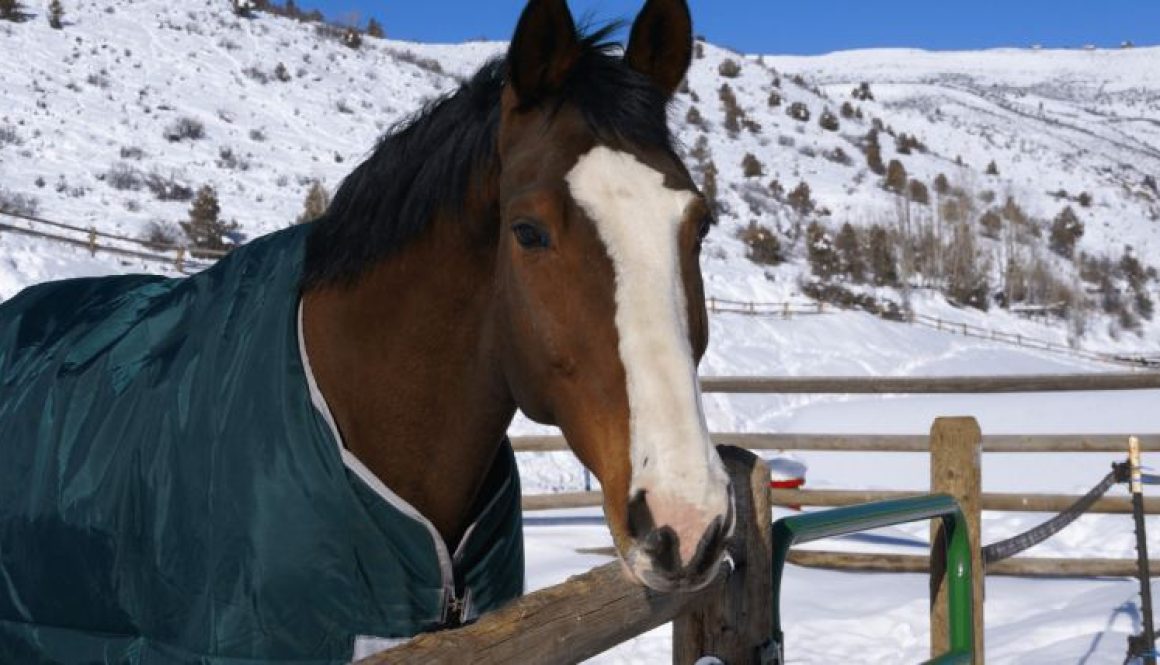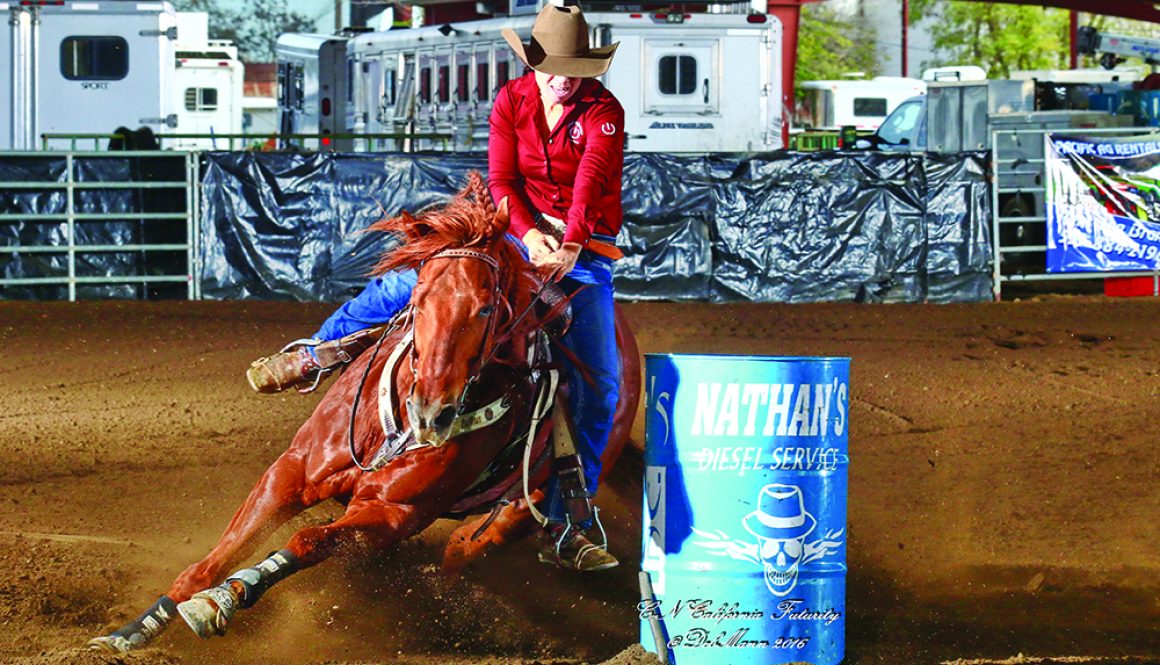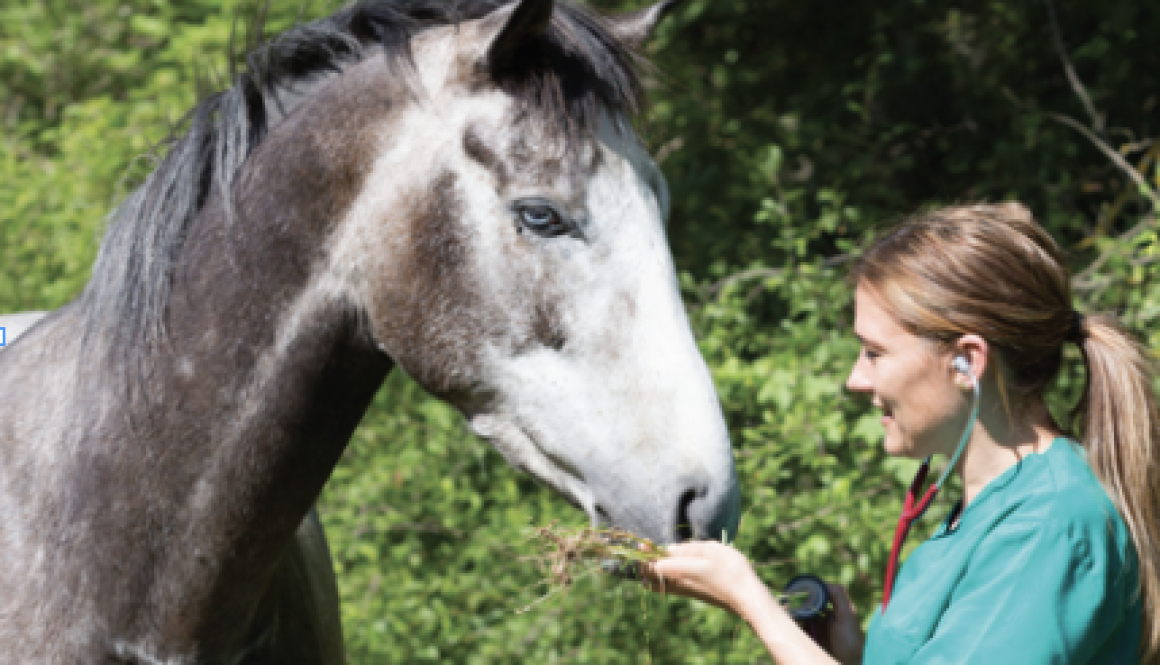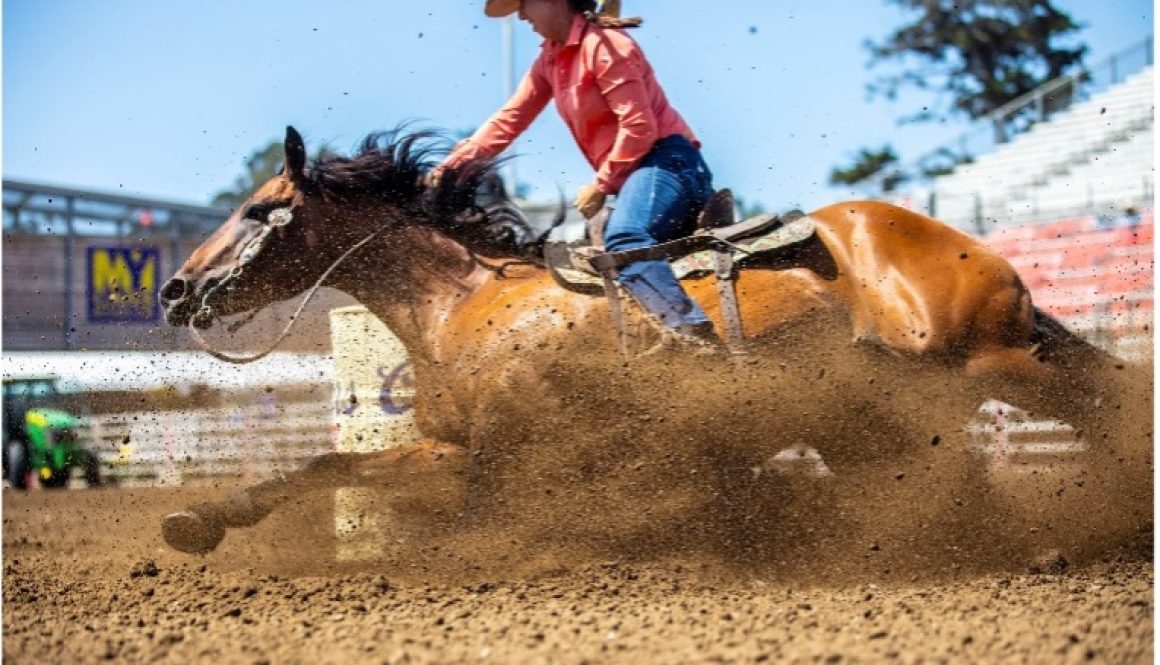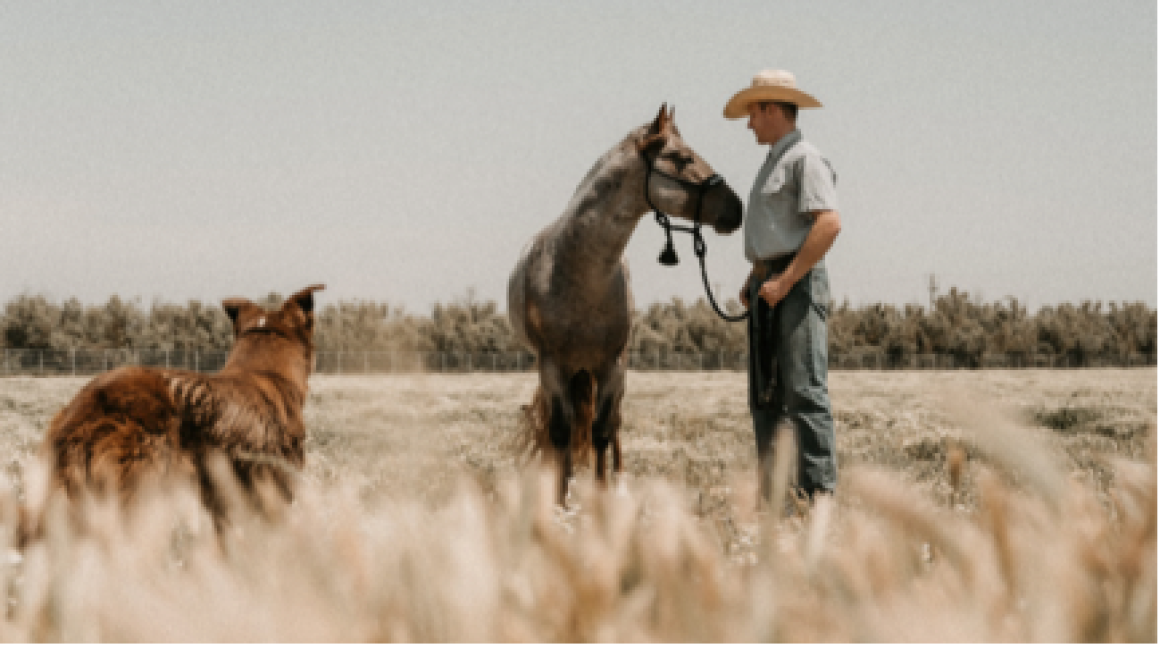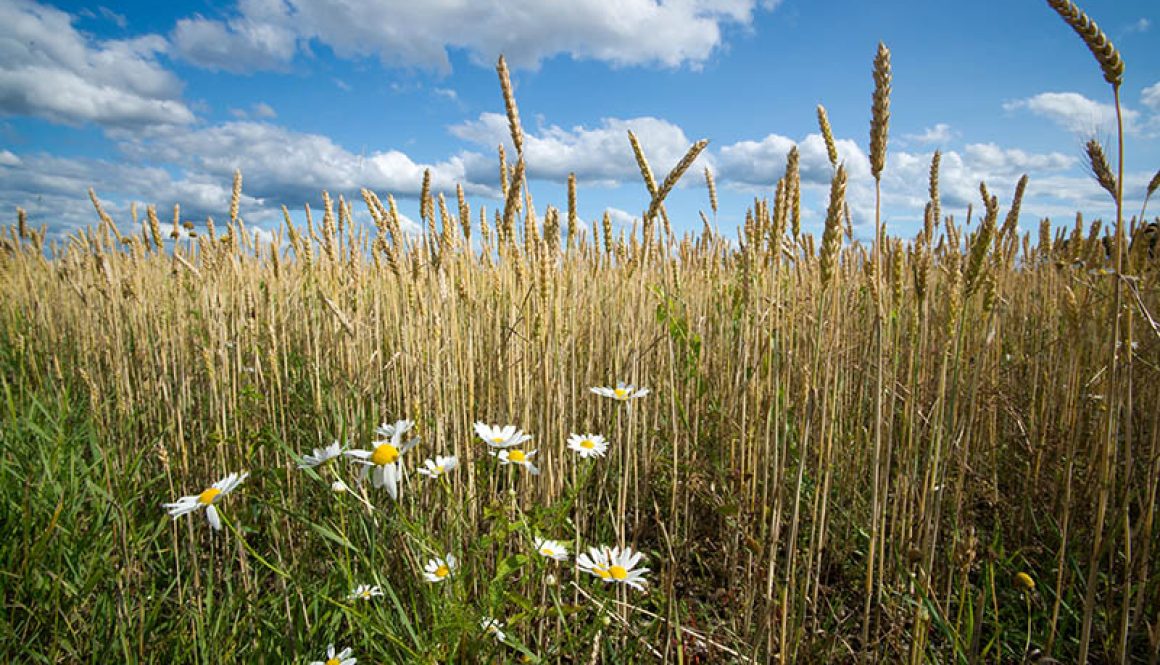Fall into Winter: Preparing Your Horse for Colder Months Copy
Winter brings its own unique challenges to horse owners. These challenges include decreased daylight hours, colder temperatures, and mud or snow. Winter also means changes in coat maintenance and potential for frequent blanketing. Here are some tips to make sure you and your horse are prepared for Mother Nature’s often perplexing weather.
Preparing for the Changing Season
As fall approaches and the days get shorter, you’ll notice your horse’s winter coat starting to grow. This is their natural preparation for the cold, but as horse owners, we need to think ahead.
- Adjust Blanketing: Just as you transition your own wardrobe, you may need to adjust your horse’s blanketing. The first cold snaps of fall are a good time to get blankets out of storage, inspect them for tears, check that they are still waterproof, and make sure they fit properly. If your horse grows a thick coat, they may not need to be blanketed until temperatures are consistently below freezing. However, a blanket is a good idea for clipped or senior horses that struggle to thermoregulate, or for those who are sensitive to the cold. As the temperatures drop, you can transition to a medium-weight blanket and then to a heavy-weight winter blanket.
- Consider a Clip: If you plan on riding through the winter, especially if your horse gets sweaty, consider a body clip. A horse with a thick winter coat that works up a sweat can take a long time to dry, which can lead to a chill. By clipping, you can help them cool down and dry more quickly after a ride. There are many different types of clips, from a full body clip to a trace clip that only removes hair from the areas where the horse sweats most. If you do not plan to clip, make sure to have an appropriate cooler on hand to help keep your horse comfortable, warm, and promote moisture wicking.
Hydration Is Key
Water is the most essential nutrient for a horse. It is critical for a horse’s health, digestion, and metabolism. Time to clean those water troughs!
- Combatting Cold Water: Horses may not drink as much water when it’s cold, so keeping it from freezing is essential. A bucket or trough heater can encourage your horse to drink more, which is vital for preventing impaction colic. Be sure to choose an option that is safe for your barn or pasture setup and minimizes risks of fire hazards.
- Encourage Drinking: Always offer access to free choice loose plain salt or include it in their feed. If your horse isn’t used to consuming salt regularly, start introducing it slowly. You can also make a warm mash, but only if it’s a feed they get on a regular basis. You can also mix in a small amount of apple juice or a handful of grain to encourage them to drink more.
Feed and Nutrition
Consider any changes in your horse’s activity level. Are you feeding them enough or too much for their caloric and nutritional needs going into winter? If you live in an area with particularly harsh winters, you might need to increase their feed or supplementation so their body can successfully thermoregulate.
- Increase Forage: As temperatures drop, a horse’s energy needs increase to help them stay warm. Providing free-choice hay is a great way to help them stay warm and happy. The fermentation of fiber in the hindgut produces heat, which helps keep their core temperature up.
- Slow Changes: Resist the urge to make your horse a tasty warm mash on a cold night if it’s not a feed they get on a regular basis. Avoid any big feed changes that could cause gastric distress. When adding any new feed, do not add more than 1 pound per day.
Body Condition: If your horse is under a body condition score of 5 going into winter, now is the time to get a running start on supporting them. If your horse is over a body condition score of 5, be watchful as green grass starts to emerge after our first rains. Grazing muzzles can help restrict easy keepers from grazing too much on available pasture.

Keep Those Hind Guts Happy!
GI issues are a leading cause of death in horses. Ensuring your horse is appropriately hydrated and fed a high-fiber diet is a great place to start. If your feed doesn’t have any added gut health support, talk to your vet or an equine nutritionist about adding a gut health supplement. The options are endless, so don’t stress! Many products are comprehensive and offer prebiotics, probiotics, postbiotics, and yeast. This can have an advantage as many of these value-added items have a synergistic relationship with each other – they are all friends!
Let Stable Mix feeds be your complete solution for everything Mother Nature throws at you. Stable Mix complete feeds include salt, are highly fortified with nutrition to boost immune response and contain gut health support. These feeds come in a convenient pelleted form and can make a great mash that your horse is already used to eating!
For our seniors with extra challenges like EMS or PPID, we are excited to be introducing Senior Stable Mix Lite to the market. This high protein, high fiber, and high fat feed is an excellent choice for senior horses struggling with topline or muscular atrophy and are very sensitive to carbohydrates.
Do you need help piecing this all together and creating a diet for your horse? Contact Elk Grove Milling, Inc. for a free nutritional consultation on their products.

